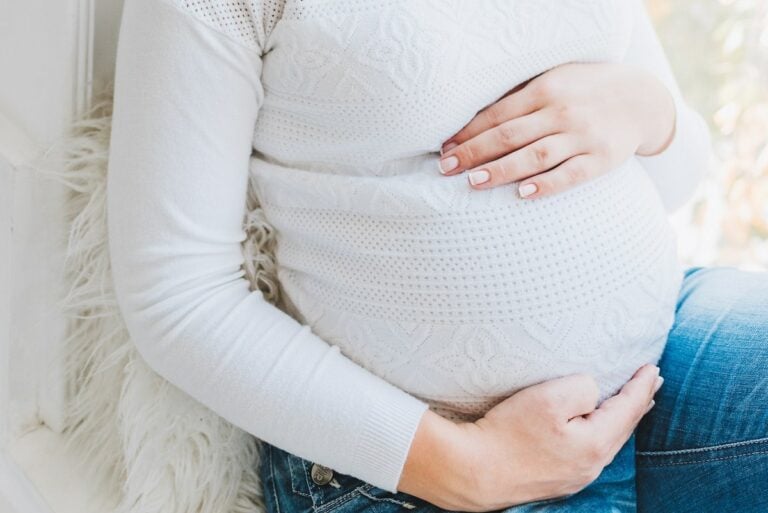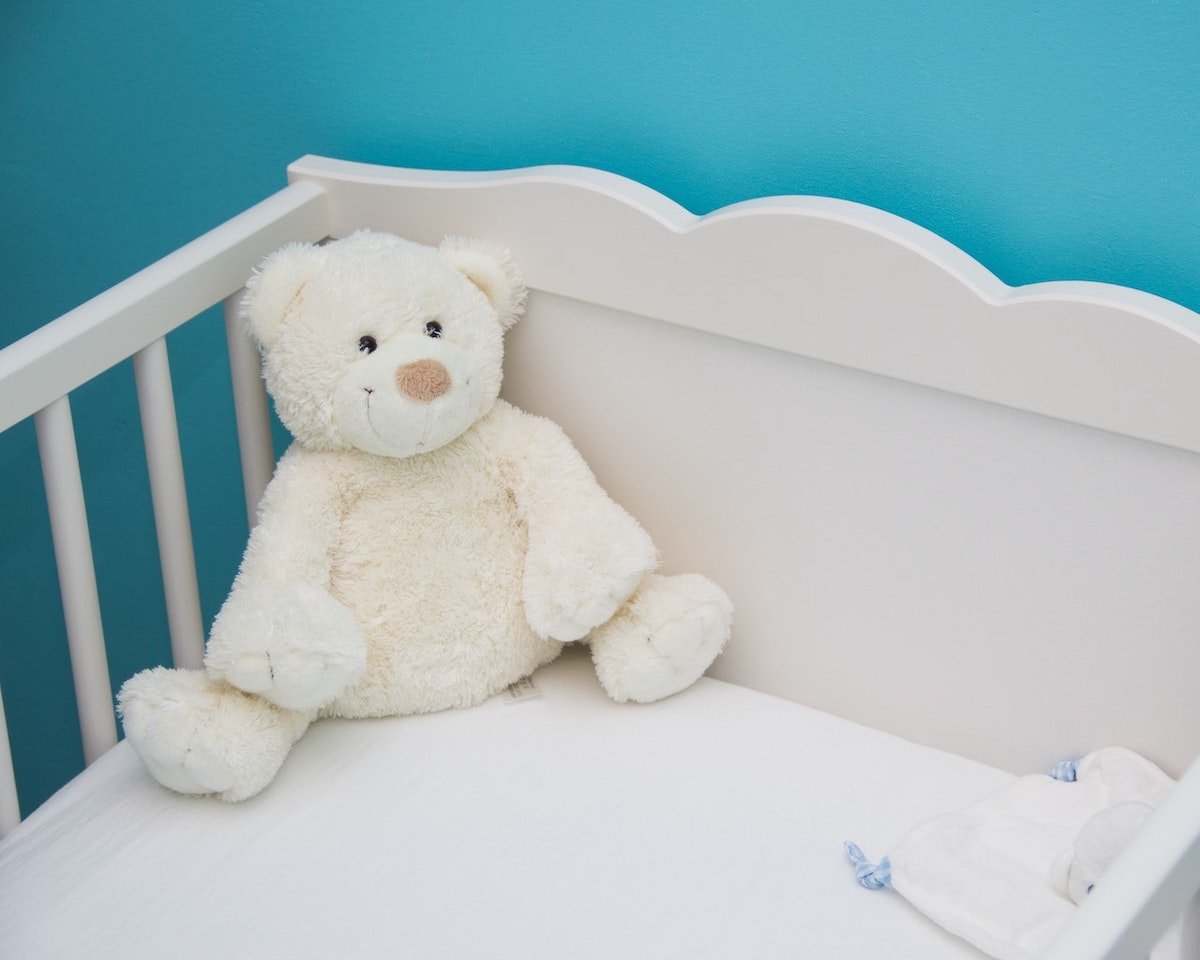
Having a baby is an emotional rollercoaster. The waves of happiness are often interrupted by panic. There is so much to organize! And being pregnant in another country can bring a whole new level of anxiety.
If you are planning to have a baby in Japan, learn more about your maternity rights here.
Maternity leave in Japan is called sanzen sango kyūgyō(産前産後休業). It is separated between two parts:
- Prenatal period – 6 weeks before he expected due date.
- Post-natal period – 8 weeks after the birth.
Note! Calculating the exact cost of maternity leave can be difficult, as different prefectures have different regulations and allowances. It is best to visit your local city hall or prefecture website before budgeting!

Do I qualify to take maternity leave in Japan?
The right to maternity leave is available to all working parents. This is true even if they are part-time or full-time workers.
As quoted by the Ministry of Health, Labor and Welfare “The law prohibits employers from dismissing or otherwise treating workers disadvantageously by reason of their pregnancy, childbirth, or making application for or taking maternity leave, child care leave, etc”. This right is extended to foreigners working in Japan.
It is illegal in Japan to dismiss, treat unfairly or change the contract of any employee based on pregnancy, childbirth, childcare reasons.
How many days maternity leave can I take?
- Maternity leave begins 42 days before the birth.
- Maternity leave finishes 56 days after the birth.
If the baby is overdue, the number of days between the due date and birth will be added to maternity leave.
It is a rarity, but some Japanese companies offer a longer maternity period. Be sure to check with your employer when discussing your options.
How much does childbirth cost in Japan?
The Japanese health insurance system can be a little confusing. But luckily all mothers can receive a one-time lump sum for childbirth, whatever their health insurance coverage. This is called shussan ikuji ichijikin(出産育児一時金). It is designed to help expectant parents cover the medical expenses of giving birth. The amount of this payment varies depending on where you give birth. You may receive ¥420,000 if the clinic or hospital is part of the Japan Obstetric Compensation System. If not, the amount will be ¥404,000.
If your childbirth expenses are lower than the Childbirth and Childcare Lump-sum Grant amount, you can also apply to receive the difference. Win!
Be mindful that if you have health insurance, you may be covered for the costs of more negative outcomes, such as stillbirth, or abortion within 85 days of the pregnancy.
Maternity Leave Allowance
If you are covered by your employer’s health insurance, you may be entitled to childbirth allowance. This is to help compensate the mother for any loss of income due to childbirth.
Please note, this is not available if you are self-employed or unemployed and covered by national health insurance.

How much will I be paid for maternity leave?
For working women, maternity leave allowance in Japan is about 2/3 of her normal monthly salary.
This is how it is calculated:
- Average monthly salary for 12 months before the start of leave ÷ 30 days × 2/3
If you have been insured for under 12 months, you be paid either of the following, depending on which is less:
- Your average monthly salary over the most recent continuous months before starting maternity leave. Or
- Society’s average monthly salary for insured people as of September 30th of the previous fiscal year.
How to apply for maternity leave allowance.
If you have insurance, you can apply for maternity allowance through this application process. As typical of Japanese bureaucracy, you need to include a lot of documents! For example, your identity verification documents and a written note from your doctor or midwife.
Childcare leave in Japan
Childcare leave is for any adult in a ‘child-parent’ relationship. This includes what we often call ‘paternity leave’ in the west. Childcare leave is also permitted for adoptive and foster parents too.
You can start childcare leave anytime between your child’s birth date, to the day your child turns fourteen months. However, this may be extended to 24 months if the child cannot be placed in a nursery school.
Childcare leave in Japan
Childcare leave starts the day after the maternity leave period ends. It will continue until the baby’s first birthday.
If you are worried about the cost of supporting your child, Japan does offer childcare allowance. You may be entitled to 15,000 yen per month for children under three years old.
As mentioned at the start, your prefecture may offer a range of subsidies or have different regulations for applying for allowances. For example, Kanagawa has some excellent resources about maternity, conveniently translated into English. Be sure to check your local sources for more information.
Are you looking to return to work after maternity leave? Need something a little less 9 to 5, and more flexible? View our latest part-time jobs in Japan to find a work-life balance that suits you.















